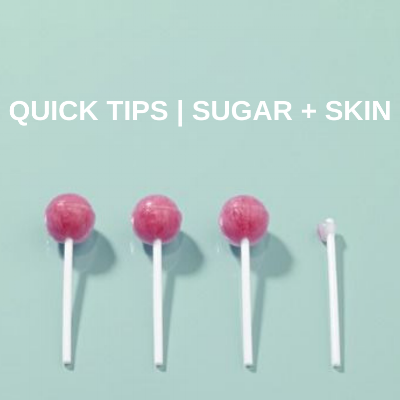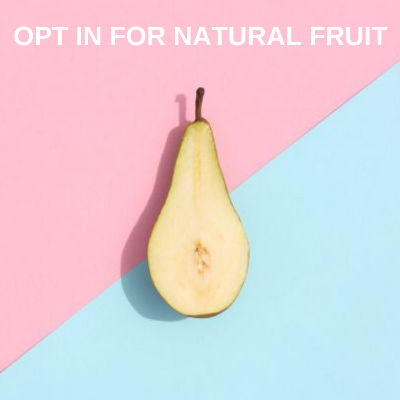Hi and welcome back!
Today we shine more light on the potential hidden dark side of certain foods that could be causing a myriad of symptoms we experience every so often, and even daily (fatigue). Miss the intro to nightshades? Get that here, or just review below!
I’m going to pose the possibility that a food reaction may be a culprit of fatigue, bloating and skin flare ups. One culprit has hit the google stream as of late, so let’s focus on one of the most commons hidden food triggers, nightshades. Let’s explore what happens when the body “perceives” itself being attacked and it’s damage over time.
NIGHTSHADES CONNECTION TO COMMONS SKIN REACTIONS
Have you ever been on an elimination diet? Even if you haven’t, many have at some point experienced how frustrating it is to figure out skin flare ups or fatigue based food triggers.
I think for many women, we seem to have pinpointed a problem only to discover it’s not what you think or you just opened the outer layer of an onion.
As a natural skincare formulator and having done my share of facials, I see firsthand how the rise of low grade inflammatory conditions affect women’s energy - and their skin.
Many women experience low grade puffiness due to water retention, eczema flareups to name a few, and the nutritional world is now connecting to nightshades as a often underlying factor for people with chronic inflammatory conditions.
In Fact: A very telling study from 2017 found that 52% of psoriasis sufferers saw an improvement by removing nightshades from their diet.
So with a conclusion of 50% of people suffering from really, a inflammatory response in the body, it’s a high enough number to test out what the triggers are by simply removing items from your diet.
Tomatoes
Tomatillos
Chili Peppers
Bell Peppers
Eggplant
Potatoes (not Sweet Potatoes)
Gogi berries
Huckleberries
Chili powders
Cayenne pepper
Paprika
Red Pepper Flakes
Tobacco
Ashwagandha (an adaptogenic herb)
Sorrel
Gooseberries (also known as Goldenberries)
Belladonna (typically found as a homeopathic remedy)
Circling back, the primary reason that nightshades could trigger skin specific ailments and other symptoms are due to naturally-occurring phytochemicals called Lectins that are there to protect the food from its natural environment and pests.
The problem is, unlike pesticides, we cannot rinse them off because they grow within the plant.
Other than Lectins, here are three additional tagalongs to look for:
Salicylates
Histamines
Glycoalkaloids (most notably Solanine)
Salicylates
Salicylates can certainly be tricky to identify. Many “prescribed” low-salicylate diets are give to calm eczema or atopic dermatitis. A salicylate sensitivity is a reflection of liver detoxification issues versus relation to the gut.
That means it’s not actually a food issue, but your liver struggling to process salicylates through Phase Two Detox. For this phase its critically important to support the pathway with healthy fats and protein so the body can convert toxins - out of the liver channel.
Histamines
As far as histamine is concerned, nightshade foods can create a higher histamine burden than your body can handle. For myself, I also found bone broth consumption put me over the edge due to the slow ferment process.
High histamine responses often manifest into hives, itchiness, swelling, nausea, heart palpitations, elevations in blood pressure, anxiety, and other GI symptoms.
If you suspect histamines, I suggest adding support so you can better breakdown of histamines in your diet by supplementing with the DAO enzyme about 10 minutes before eating every meal.
Glycoalkaloids
As far as the Glycoalkaloids like solanine, the information is newer to the nutrition and health community. Dr. Gundry has done a incredible job of pointing out his one to one findings on all kinds of flares due to phytochemicals.
He notes glycoalkaloids — much like lectins, are the plant’s first line of defense against bugs, viruses, bacteria, animals, and even humans, which might even cause digestive issues like vomiting, diarrhea, and severe abdominal pain.
They grip onto cholesterol in your body’s cell membranes. The cholesterol is there to strengthen your cell membranes so they’re less permeable to molecules that may want to pass through and cause damage to the cell.
Without cholesterol, your cell membranes wouldn’t be strong enough to keep out these molecules. It’s the perfect place for glycoalkaloids to strike because once the cholesterol is attacked, your cells could split or leak.
One of the things to note about glycoalkaloid toxins is that they take your body a long time to process — more than a day in some cases.
Removing the Triggers
Just the words “food elimination diet” harbors a feeling of fear and restriction. Suggestions here are meant for exploration so you can heal and feel better.
Removing too many items can lead to both micronutrient and macronutrient deficiencies and nightshades are not a problem for everyone.
Nightshade Reduction
To test out if nightshades and the three tagalongs of salicites, solanines and glycoalkaloids are an issue, try completely excluding them from your diet for 3 weeks. See if you notice any improvement in your health and skin. Nightshades can be hidden in the products, so read labels carefully. One biggy here fiding and staying clear of potato starch and spices.
There are great replacements for these foods, like avocado, Brussels sprouts, and Jerusalem artichokes. Here’s a quick guide on how to replace!
FREE your mind from restriction! Here’s great recipes free of nightshades!
Here’s 31 Quick & Easy Lectin-Free & Nightshade Free Snack Ideas
Tell me!
Have you tried eliminating Nightshades before and what was the result?
If you haven’t given it a try yet, are you considering this elimination?
Till next time ….. Love n’ Light! - Kassandra








